Catalyst Screening & TLC-MS for Reaction Analysis
Sarah Trice, Thorsten vom Stein, Michael Schulz
Introduction
Catalyst screening is an important prerequisite in organic synthesis. KitAlysis™ High-Throughput Screening Kits showcase the most widely used catalytic methods of synthetic chemists, translated into an off-the-shelf screening system to quickly and efficiently identify or optimize suitable catalytic reaction conditions.
To evaluate the screening an analysis tool is needed. Thin layer chromatography (TLC) allows for a fast and cost-effective determination of the reaction progress by parallel analysis of the samples on one plate. This setup perfectly fits to the parallel synthesis utilizing KitAlysis™.
This application note displays the use of the KitAlysis™ High-Throughput Buchwald-Hartwig Amination Reaction Screening Kit for the optimization of the coupling of aryl bromide and diphenylamine combined with an evaluation of the result with TLC-MS analysis.

Figure 1.Schematic reaction showing the coupling of aryl bromide (1) and diphenylamine (2) to form biphenyl-4-yl-di-p-tolyl-amine (3), where the product has a molecular weight of 349.468 g/Mol.
Results and Discussion
The two reactants, aryl bromide and diphenylamine, were applied in addition to the samples. The samples were clearly visible under UV-light, therefore no derivatization was necessary. Figures 2a, 2b and 2c show the developed plate under white light, at 254 nm and at 366 nm.
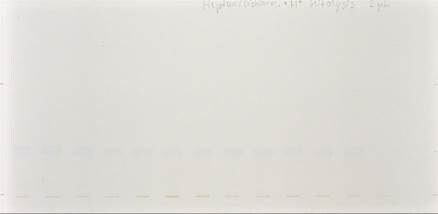
Figure 2a.Developed plate under white light
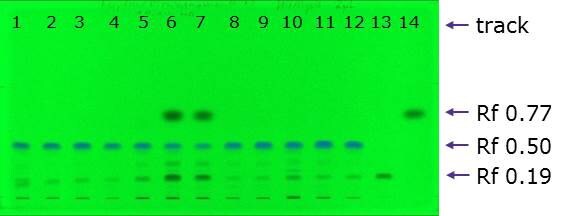
Figure 2b.Developed plate at 254 nm
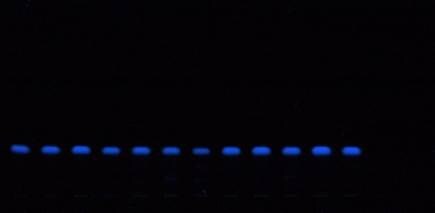
Figure 2c.Developed plate at 366 nm
Confirmation of reaction product by mass spectrometry: Formation of ACN adduct via radical ionization
![Mass spectrum (ESI+) of product [M+ACN] Mass spectrum (ESI+) of product [M+ACN]](/deepweb/assets/sigmaaldrich/marketing/global/images/technical-documents/protocols/analytical-chemistry/thin-layer-chromatography/catalyst-screening-followed-by-tlc-ms/mass-spectrum/mass-spectrum.jpg)
Figure 3.Mass spectrum (ESI+) of product [M+ACN]
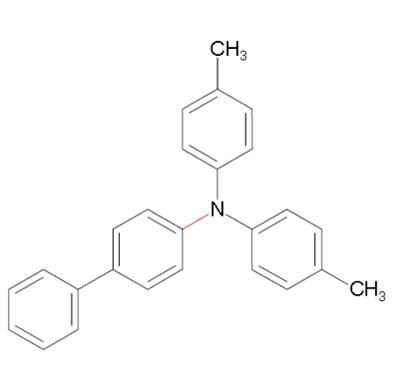
Biphenyl-4-yl-di-p-tolyl-amine (M=349.568 g/Mol)

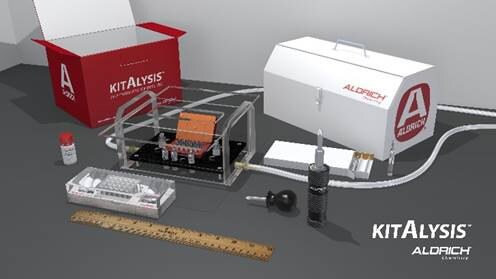
Materials
To continue reading please sign in or create an account.
Don't Have An Account?